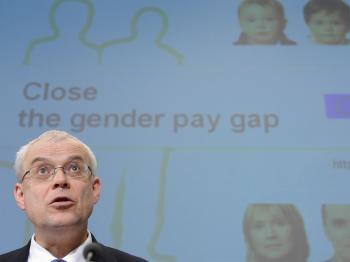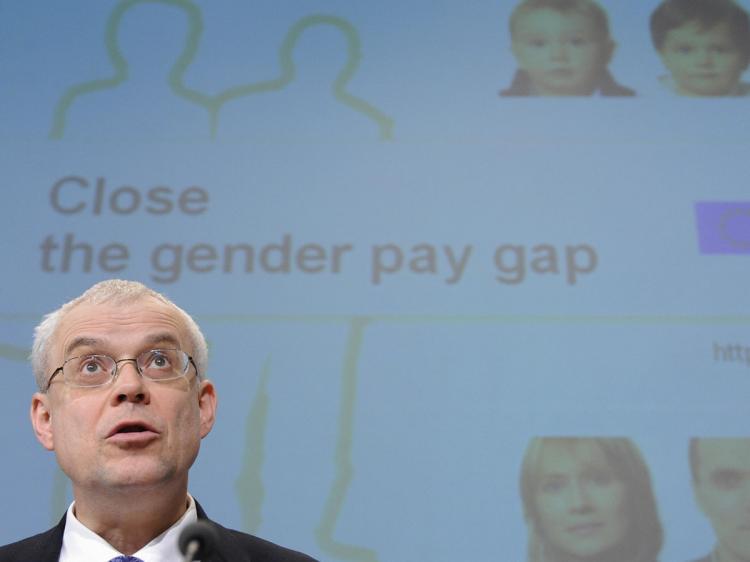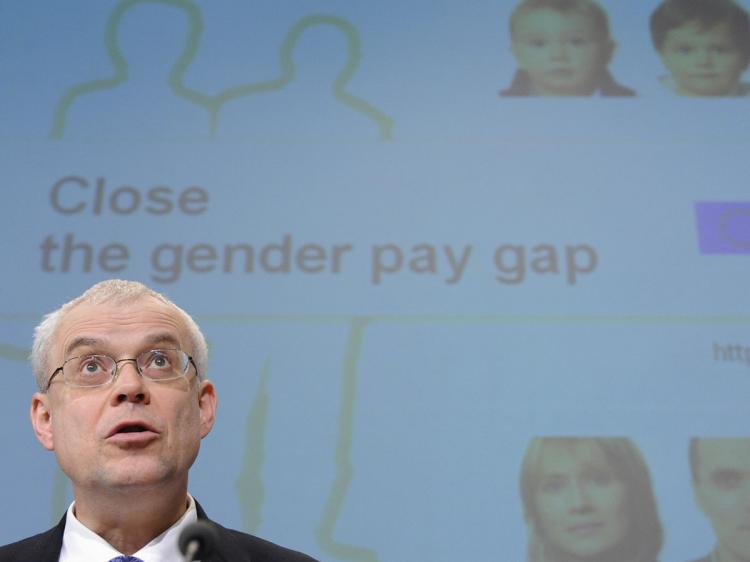Unemployment in the European Union has been climbing for the last year and a half, reaching 9.2 percent (up 2.5 percent), which represents a 6.1 percent rise in the number of job losses, totaling 22.1 million people. At the same time, the European labor market has appeared to remain resilient, according to the 2009 Employment in Europe Report, published on Nov. 23.
The report states that the current economic crisis has started to “take its toll, reversing most of the employment growth achieved since 2000.” According to the report’s statistics, since the beginning of the slump, the European labor market has shrunk by over four million workplaces. The hardest hit are young men, emigrants, low-skilled, and short-term workers.
The most severely impacted EU countries are Ireland and Spain, where the unemployment rate has doubled during the last year, and in Baltic countries it has even tripled, while in the Netherlands and Austria joblessness has remained noticeably low.
The sustainability, which appears to keep Europe from a sharp downturn in unemployment, is mainly due to the existence of internal adjustment measures like reduced working hours, short-term assignments, and temporary closures of workplaces. Some companies also agreed with workers on lowering wages instead of laying them off. In this way Austria, Belgium, Germany, Italy, and the Netherlands put the emphasis on decreasing productivity rather than reduction of personnel.
At the same time, long-term unemployment may become a significant threat. According to the report, the longer one stays unemployed, the less the chance for him or her to find a job. In this way cyclical unemployment may transform into a structural issue. For example, in the EU nearly 45 percent of all unemployed remained jobless for more than a year, while in the United States, the figure is 10 percent. For elderly people the average period of unemployment stretches up to 14.7 months, while for skilled workers the period for finding a new job is “only” 8.1 months.
The statistics show that in countries with stricter employment protection legislation, long-term unemployment tends to be more common, while investing into flexible solutions adapting to the crisis leads to a decrease of joblessness.
Low-Carbon Policies Require New Abilities
In this time of crisis, the EU is striving to both answer the needs of less secure conditions, and at the same time implement new climate policies for a low-carbon economy.
The European Commission quotes Vladimír Špidla, commissioner for Employment, Social Affairs and Equal Opportunities who says: “This report shows how important it is to reconcile our short-term response to the crisis with our longer-term structural reforms. These reforms are essential for the EU economy and labor markets to emerge from the current downturn well prepared for future challenges, in particular the transition to a low-carbon economy.”
The EU labor market structure will have to undergo certain changes due to the working-out of the new low-carbon policies. Some sectors are likely to lose their roles, such as the production of coal heating systems or traditional light bulbs. The most affected industries are expected to be energy supply, agriculture, fisheries, tourism, and construction.
According to estimates, the total number of employed in the renewable energy sector will be 2.8 million by 2020, in comparison with only 1.4 million in 2005.
In terms of competencies, it is possible that some professions will be become out-of-date, but at the same time a new generation of employees will appear: the green-collar occupations. The most valued knowledge in the near future is expected to be about sustainable materials, new technologies installation, measuring of “carbon foot-printing,” and assessment of environmental impact. Here again those who will benefit will be the highly educated employees.
Last, but not least, the new labor market policies will help the decrease of greenhouse emissions through restructuring workplaces—working from home or using more efficient work-related transport.
The 2009 Employment in Europe Report will be the analysis base for the Joint Employment Report (JER), which the European Commission will publish on Dec. 5. JER is part of the EU’s Jobs & Growth Strategy.







